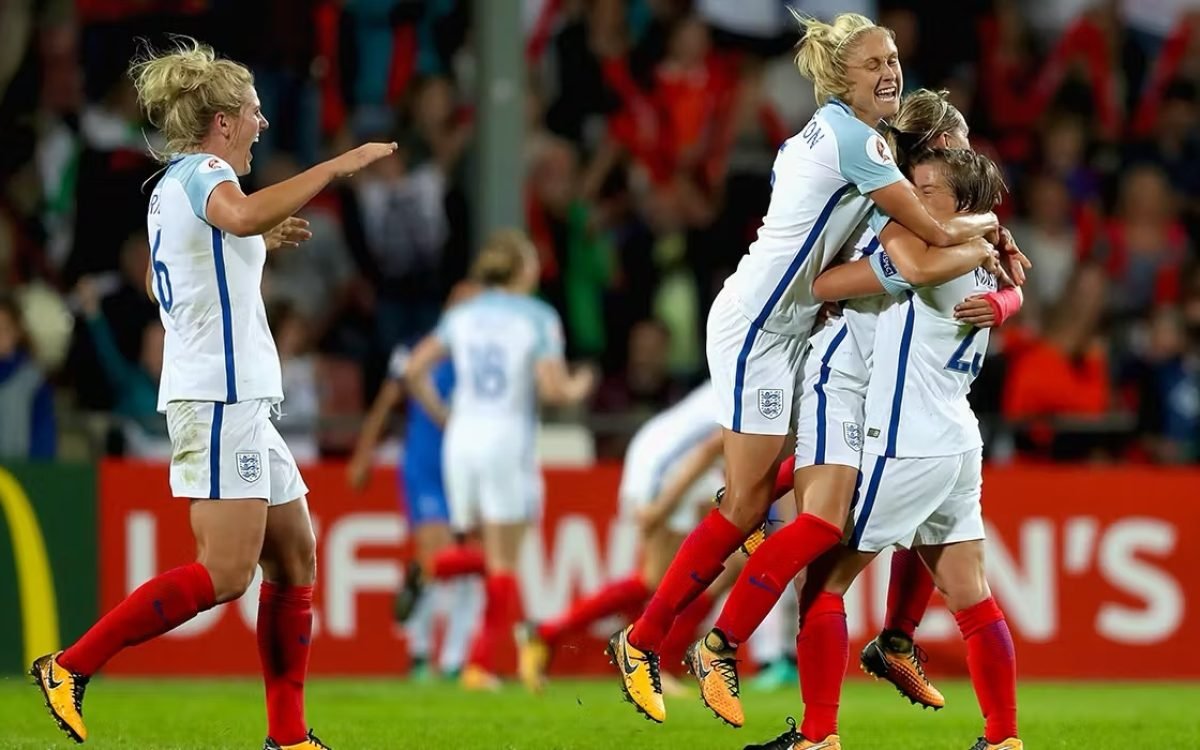As the world gears up for a blockbuster summer of sport, a recent report by the Women’s Sport Trust, in collaboration with insights agency GSIQ, has unveiled a surprising development. For the first time since 2022, the UK has seen a 13% decline in broadcast reach (viewership of three minutes or more) for women’s sports between January and May 2025.
At first glance, this may seem concerning—a signal of diminishing interest, waning support, or a loss of momentum. However, deeper analysis reveals a much more nuanced landscape. While traditional TV viewership may have dipped, digital engagement is exploding, live attendances remain strong, and the commercial growth of women’s sport continues on an upward trajectory.
This article breaks down the report’s findings, explores what they mean for the future of women’s sport, and offers a roadmap for sustaining visibility in a rapidly changing media environment.
Understanding the Numbers: What the 13% Decline Really Means
The Women’s Sport Trust’s 2025 Visibility Report highlights a 13% year-on-year drop in UK TV broadcast reach for women’s sports, based on viewers who watched for at least three minutes. This is the first such decline in over two years.
The drop coincides with:
A 15% reduction in coverage hours across major UK broadcasters. Decreased average audiences for both the Barclays Women’s Super League (BWSL) and the Guinness Women’s Six Nations (W6N).
The message is clear: fewer matches aired equals fewer viewers. This isn’t necessarily a sign that fans are losing interest—it may simply reflect the shrinking number of opportunities to watch women’s sport on traditional platforms.
Context Matters: A Post-Tournament Dip Was Inevitable
In 2022 and 2023, women’s sports enjoyed unprecedented highs:
The UEFA Women’s Euro 2022 broke attendance and viewership records. The FIFA Women’s World Cup 2023 drew millions of fans worldwide.
These major tournaments created a halo effect, boosting interest in domestic leagues and drawing in casual viewers. With no equivalent international spectacle in early 2025, a correction in broadcast numbers was expected.
This trend mirrors what we often see in men’s sports too—interest peaks around tournaments and settles during regular seasons. What’s important is how sport organizations respond in these quieter periods.
The Real Story: Digital Platforms Are Filling the Gap
While traditional broadcast numbers dipped, digital platforms boomed in 2025. This growth isn’t just an offset—it’s a revolution in how fans consume sport.
📱 YouTube: The New Stadium
The WSL’s YouTube partnership has drawn record-breaking audiences. Matches like Leicester vs Arsenal recorded over 250,000 live viewers. Cumulative YouTube live viewership surpassed 1.5 million within just three matchweeks.
📈 TikTok & Instagram: Viral Momentum
TikTok views for the WSL rose from 93 million to 147 million year-on-year. WSL club Instagram engagement grew by 35%, with increasing reach among Gen Z and young millennial audiences. Women’s rugby also saw digital spikes: TikTok viewership for Premiership Women’s Rugby jumped over 1,000%.
This isn’t fringe behavior. It’s mainstream, with millions of fans turning to platforms they find more accessible, more interactive, and more aligned with their viewing habits.
Attendance Holds Strong: Fans Are Still Showing Up
Live matches remain a powerful measure of fan engagement. While average WSL attendance dipped slightly to 6,681 per match in 2025 (down from the previous record-setting year), marquee fixtures still delivered big numbers:
Arsenal vs Chelsea at Emirates Stadium: 56,784 attendees. Chelsea vs Manchester United at Stamford Bridge: 34,302 attendees.
This proves that when matches are scheduled in major venues and marketed effectively, fans will attend in massive numbers. It also underscores that the sport itself isn’t the issue—visibility and scheduling are.
Commercial Growth: Brands Aren’t Turning Away
Despite declining TV numbers, the commercial side of women’s sports is thriving.
💰 Revenue Growth
Total WSL revenue grew by 34% to reach £65 million in 2023–2024. Matchday income increased 73%, driven by higher ticket sales and stadium activations. Broadcast revenue rose by 40%, showing that media companies still see long-term value.
🤝 Sponsorship Commitment
Barclays doubled its investment in women’s football, extending its title sponsorship. Major broadcasters like Sky Sports and BBC have reaffirmed their support through multi-year partnerships.
This shows a clear belief among sponsors and investors that women’s sport has enduring appeal—and room to grow even further.
So, What’s Causing the Viewership Decline?
While the digital rise softens the blow, it’s important to understand the root causes of the traditional broadcast dip:
Reduced TV Coverage: With fewer women’s games shown live on free-to-air channels, reach was inevitably lower. The 15% reduction in hours played a major role. Scheduling Challenges: Matches placed in inconvenient timeslots or aired on lesser-known channels reduce exposure. Fragmented Viewing Habits: Fans now watch highlights, clips, and livestreams across multiple platforms. Measuring only traditional broadcast misses the full picture. Lack of Post-Tournament Momentum: Without a major international event in early 2025, broadcasters may have underestimated demand, leading to fewer promoted fixtures.
A New Visibility Strategy for the Future
If the aim is long-term growth and retention, a multi-platform, fan-first approach must replace the outdated reliance on traditional metrics.
1. Rebuild Broadcast Coverage
Prioritize prime-time slots for domestic leagues. Collaborate with broadcasters to ensure consistent coverage throughout the season. Use highlights packages, in-depth features, and cross-promotion to boost interest.
2. Amplify Digital Storytelling
Support athletes in building personal brands on TikTok, YouTube, and Instagram. Create documentary-style content (e.g., behind-the-scenes, team journeys, lifestyle features). Reward digital creators and journalists covering women’s sports with funding and visibility.
3. Elevate Matchday Experiences
Promote big matches as city-wide events, drawing fans beyond the hardcore base. Implement family-friendly ticket pricing and improve fan engagement zones. Align matches with school holidays and weekends to maximize attendance.
4. Align Brand Campaigns With Authenticity
Encourage sponsors to co-create empowering, inclusive campaigns with players. Invest in merchandise, content, and brand experiences tailored to younger fans.
The Real Challenge: Changing the Definition of “Visibility”
Visibility in sport is no longer limited to prime-time TV. It lives in:
A viral goal on TikTok. A YouTube live chat during a WSL stream. A player’s Instagram reel that hits a million views. A sold-out game in a historic stadium.
To measure the success of women’s sport only by broadcast minutes or three-minute reach is to ignore where fans actually are.
The challenge—and opportunity—is to redefine visibility as multi-channel, interactive, and athlete-driven.
Final Thought
Yes, women’s sport in the UK experienced a decline in broadcast reach for the first time since 2022. But this is not a crisis—it’s a transition.
The foundation built over the last five years is strong: growing fanbases, soaring revenues, elite athletes, and an evolving digital landscape. Rather than retreating in the face of temporary dips, sport organizations, broadcasters, and brands should lean in more boldly.
We are entering a new chapter, where visibility means connection—not just coverage. The fans are there. The passion is real. And the potential has never been greater.
Now it’s up to all of us—clubs, media, sponsors, and fans—to write the next part of the story.






